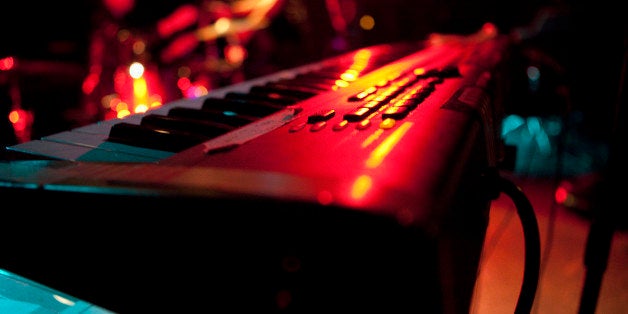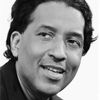
Since the dawn of mankind there has been music. Sounds were celebrated during gatherings for their ability to set a specific mood. Drums were most likely the first instruments. Somewhere down the line, strings were plucked and strummed. But since the discovery of sound recording, and especially since its digitalization, concerts have become increasingly more monotonous: it is increasingly rare that musicians can get on the stage and deliver what the legend, or the recording, promises. Many professional performers insist that musicality and digitalization are in direct contradiction. A new discovery, the "LinnStrument," might change that.
Instruments are constantly being discovered
Tinkerers have a history of discovering new instruments to suit their various needs: the Belgian clarinetist Adolphe Sax felt there needed to be deeper but nevertheless melodious woodwinds. So he created the saxophone in 1840.
Since the sound produced by a guitar is too soft for an orchestra, the now musically independent electric guitar was developed in the 1920s
Rhythm devices like the Rhythmicon have been making it easier for solo entertainers to bring their audience on tour since the 1930s.
The rock 'n' roll revolution once again made music a very physical experience: electric guitars ruled -- and they were supported by bass and drums.
Digitalization changed music
Digitalization changed music and how it is performed. Electronic music, like ambient, new age and electronica, produced with sound machines has been around for a while. However, in the 1970s, it was nothing more than niche music. Philistines dismissed the melancholic tones, like those from Tangerine Dream, as "pothead music."
The niche also remained small because only professional musicians who were both technically and musically adept were in a position to convert the complex technology into harmonies. Only with the discovery of the PC was the playing field suddenly opened up to everyone. Unknown Hamburg tinkerers set the standards. The consequence: just a few mouse clicks and the right software could make anyone sound pretty good.
This manipulation of reality didn't just change entertainment. Concerts also lost their excitement as fewer people were willing to spend years practicing in order to produce a certain sound. And why should they when everything you could imagine, and then some, can be found tucked away in some corner of the Internet. And once you're on the stage, you just need to play it.
Digitalization vs. musicality?
This whole situation got on the nerves of a certain Roger Linn. He couldn't get rid of the "ghosts" he himself had played. He became world-renowned in the 1980s for his Linn Drum Machine, a drum computer that worked with so-called samples, basically sound recordings from various drums. These little tone samples could be programmed and reproduced. The sound of an entire generation was influenced. Think of George Michael's 1980s major hit "I Want Your Sex."
Thanks to the Linn Drum Machine everyone had the most precise drummer with them on the stage or in the recording studio. But that was it. The stored sounds were great, but stage performances increasingly less so. Apparently Roger Linn was exasperated with the whole phenomenon.
LinnStrument -- the future?
For a while now, rumblings in the music industry about the grayed technical genius and his latest device, the LinnStrument, have been getting louder.
The LinnStrument is actually "only" a controller that is attached to a computer to forward commands. Just as you would click on a keyboard to enter letters, the LinnStrument transmits commands for sounds and their modulation. Every imaginable sound is possible, be it solo or polyphonic. Why not recreate a Beatles class with a bunch of cellos?
Whereas before it was only possible to adjust sounds with on and off switches, computers now apparently make everything possible. Simply put, the musician is guided by a grid-like diagram. The x-axis is the pitch and the y-axis determines the kind of sound/sounds.
If you've stored all the right sounds, everything becomes possible. Like a cowboy on a Hawaiian beach with his pedal steel guitar. Or a breathy saxophone.
Virtuosity and musicality in harmony with the Digital Age?
These videos performed by the master himself show that not everything is going to sound good without a certain level of musicality. Maybe it's too premature, but one might be able to say that music, musicality, music creation and digitalization appear to have finally found a way to work together.
Roger Linn explained in detail his LinnStrument at the annual Moogfest, a kind of Woodstock for sound tinkerers and electronic fans in Asheville, North Carolina.
